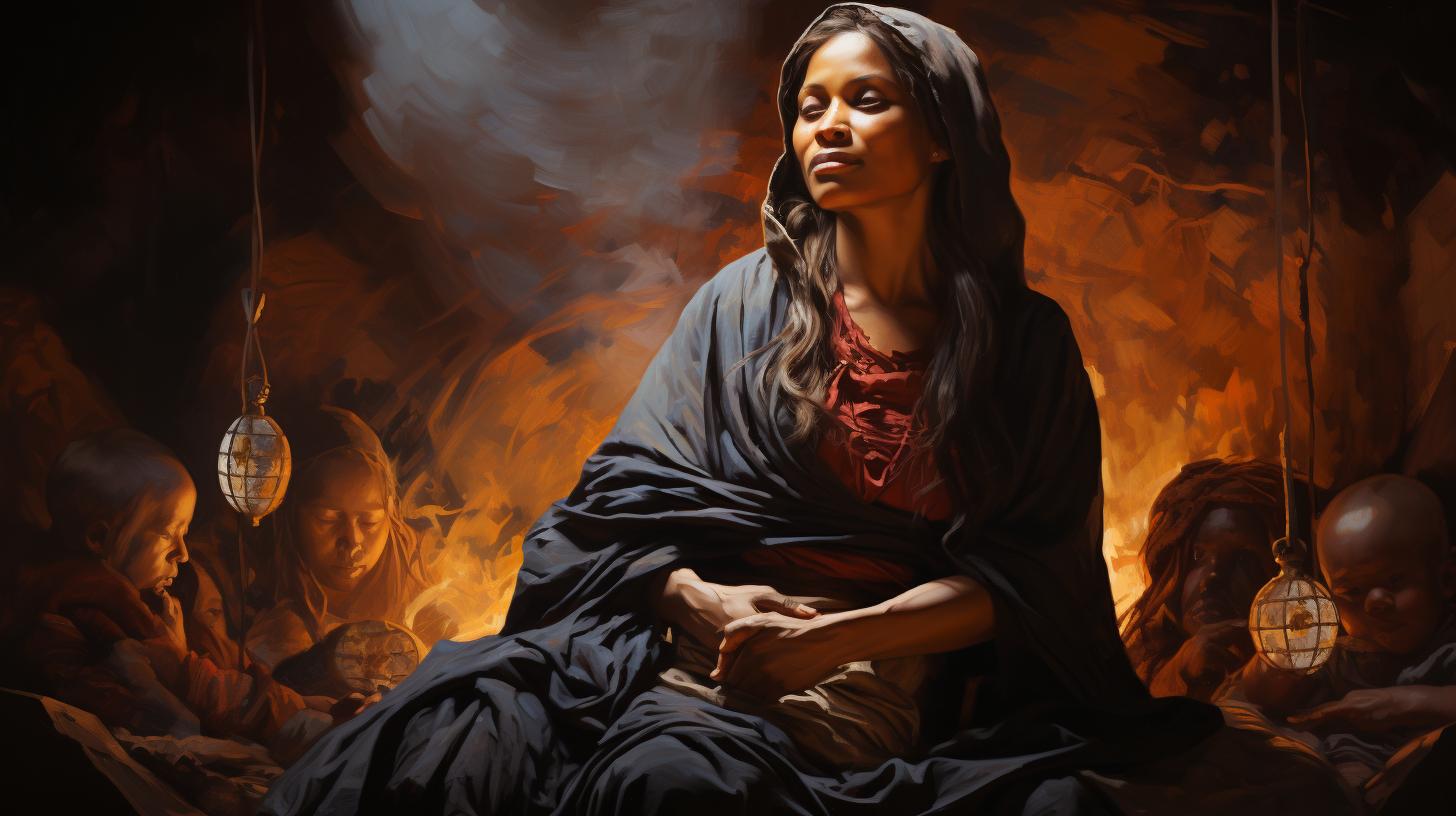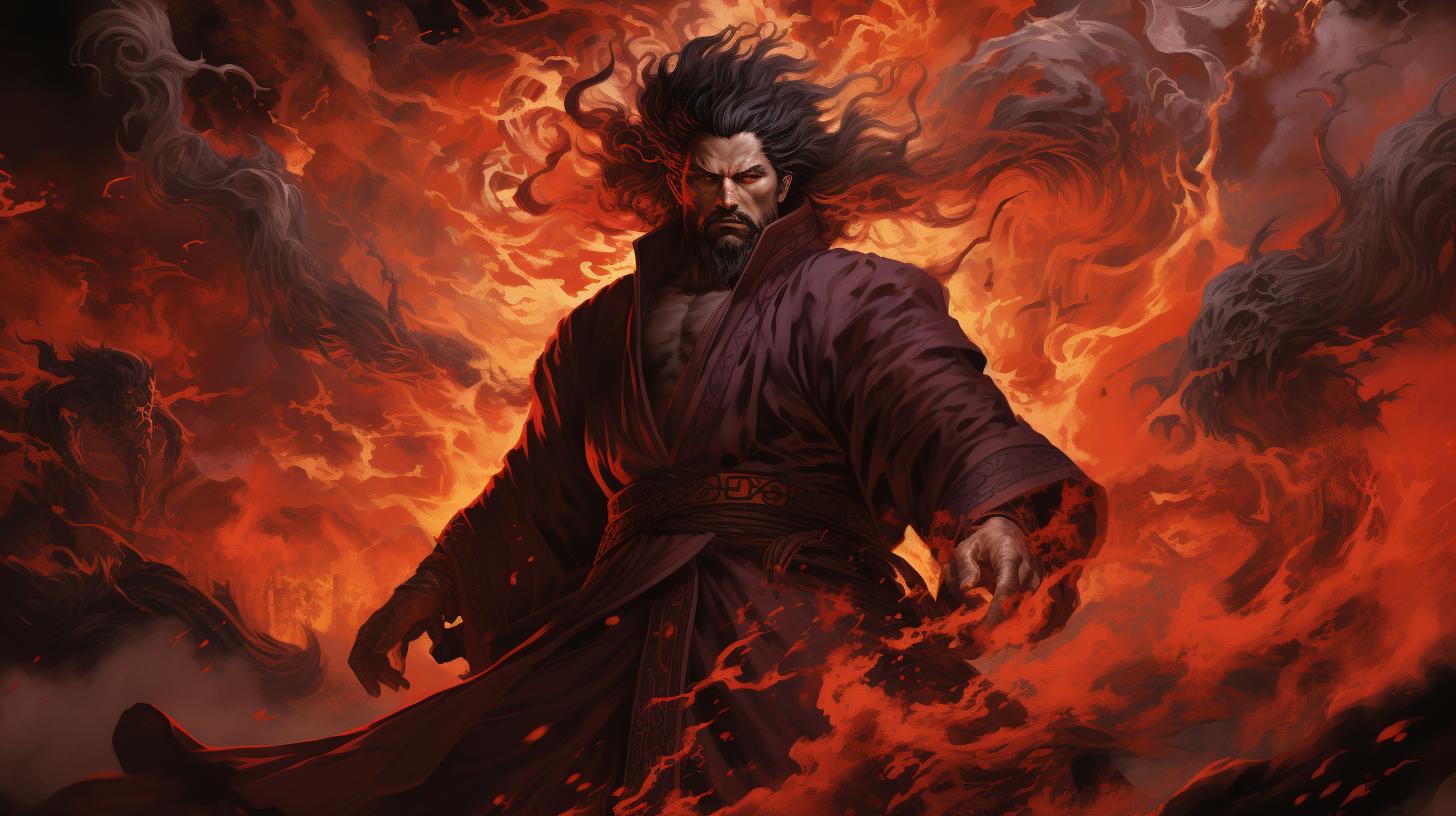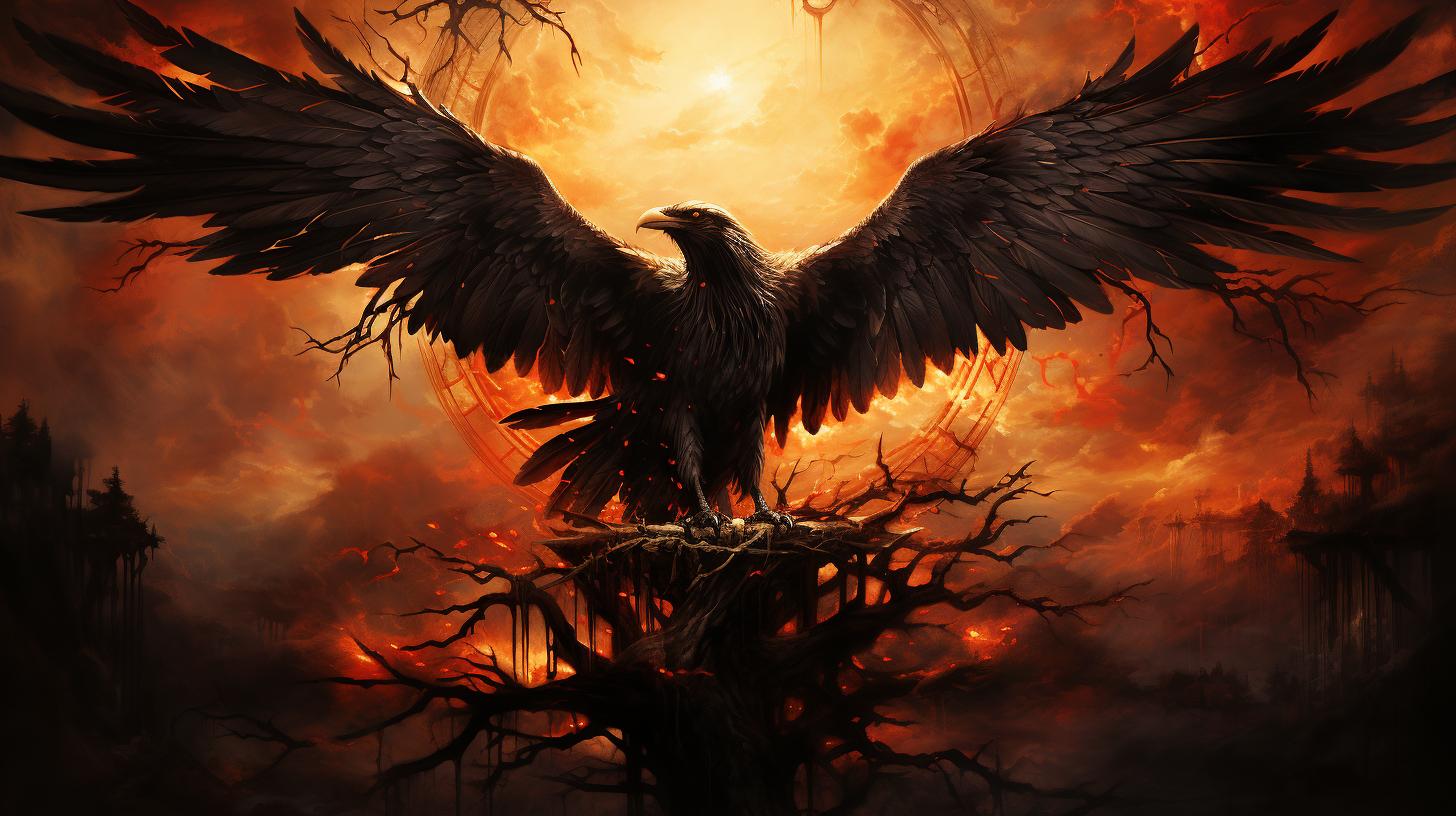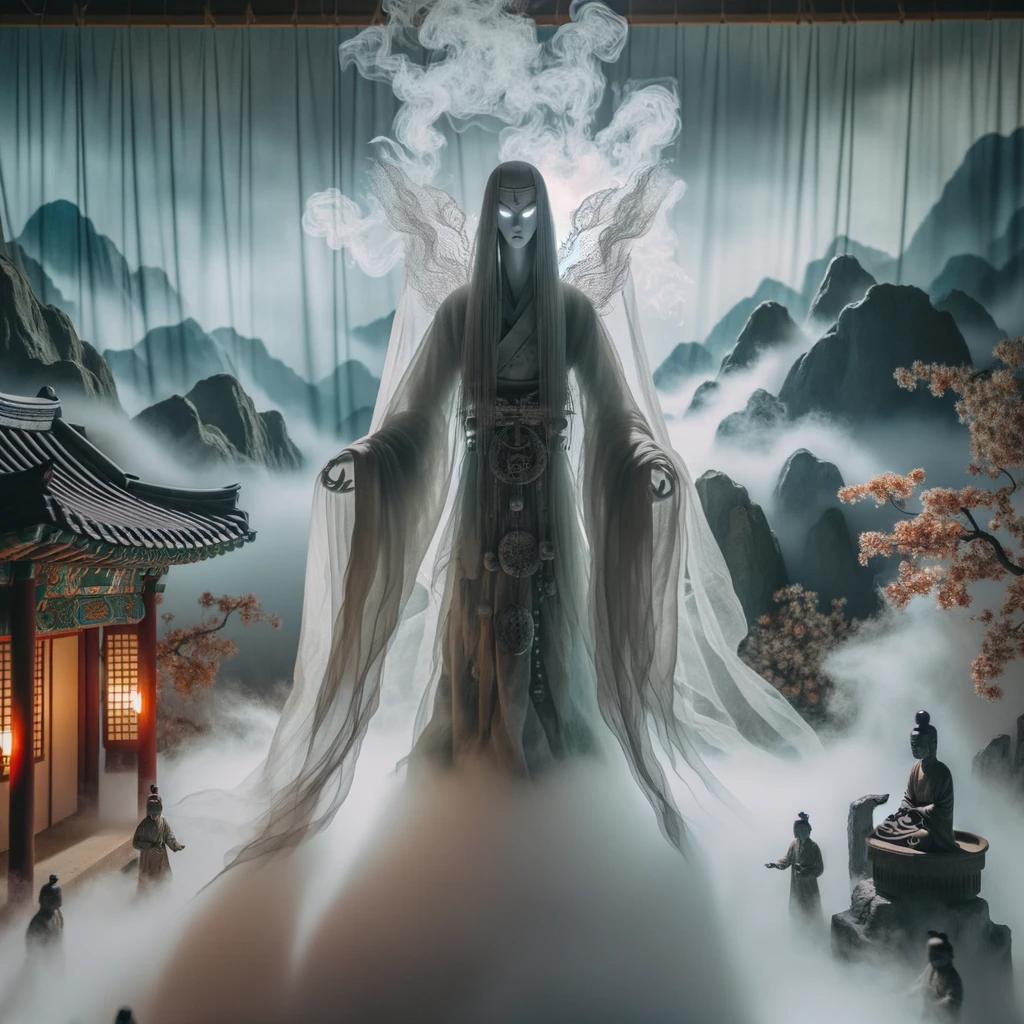Samsin Halmoni: The Guardian Goddess of Childbirth and Children
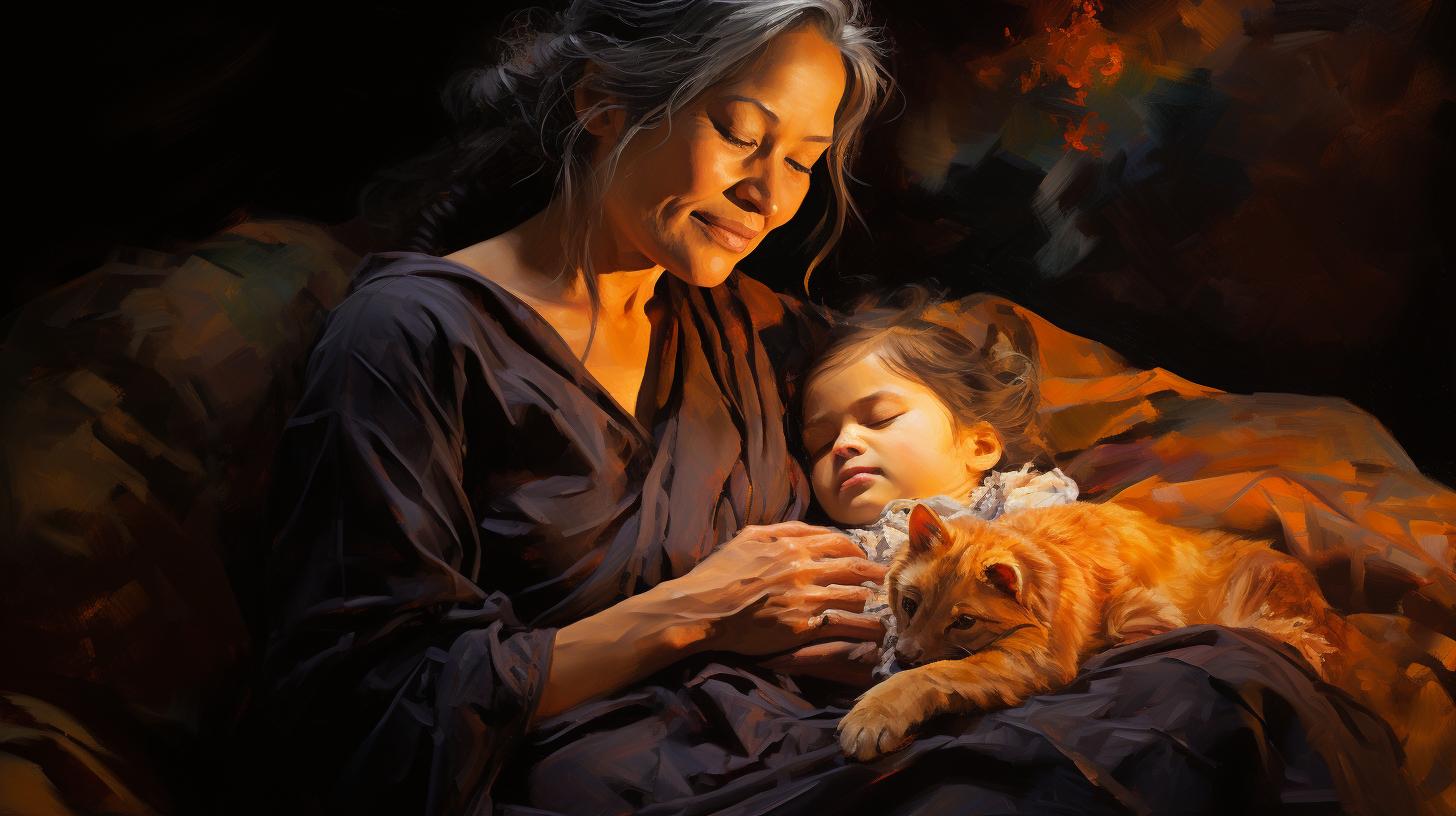
Samsin Halmoni, also known as the Grandmother Samsin or Samshin Halmoni in Korean, is a powerful figure in Korean mythology, associated with birth and baby protection. This deity’s origin, dating back to the Tang Dynasty in China, showcases a seduced shaman who becomes pregnant against all odds.
Overcoming significant obstacles, Samshin Halmoni gives birth to triplets, affirming her role as the divine protector responsible for all earthly births. She safeguards newborns for the first 100 days post-birth, a critical period in Korean tradition.
In addition to this myth, Korea is rich in intriguing superstitions, such as avoiding writing with red ink, not leaving a fan on in a closed room while sleeping, and refraining from placing chopsticks upright in rice.
The culture thrives on captivating legends, including tales of a bear and tiger turning into humans, a child born from an egg becoming a respected king, and the story of a persecuted mother’s son who founded a nation.
Moreover, Korean folklore is replete with stories of formidable elves who possess inanimate objects, often depicted in animated versions that are both eerie and welcoming.
Samshin Halmoni: The Powerful Korean Myth
Revered as a vital deity in Korean mythology, Samshin Halmoni, or the Grandmother of Birth, embodies the protective essence of pregnancies and childbirth.
Understanding the origin, background, and the samshin meaning provides insight into Korea’s rich cultural heritage, emphasizing the role of the halmoni (grandmother) in Korean society.
Origin and Background of Samshin Halmoni
The roots of this fascinating deity can be traced back to the Tang Dynasty in China, where the myth originated before being embraced by Korean culture.
Representing the struggles and triumphs of pregnancy and childbirth, Samshin Halmoni’s significance lies in ensuring safe deliveries and the well-being of mothers and children alike, embodying the halmoni meaning as a nurturing figure.
The Story of Samshin Halmoni and the Seduced Shaman
The tale of Samshin Halmoni, involving a shaman seduced and becoming pregnant, reflects the resilience and determination of women facing societal challenges. This narrative underscores the samshin goddess’s role as a symbol of strength and perseverance.
The Birth of Trillizos and Samshin Halmoni’s Role
Defying all odds, Samshin Halmoni gave birth to triplets (trillizos), further solidifying her connection to the miracle of life and establishing her as the guardian of childbirth. Her role extends beyond physical birth, encompassing the spiritual and emotional well-being of babies and their families, a testament to the deep-rooted halmoni definition in Korean culture.
Samshin Halmoni’s Protection of Babies for the First 100 Days
Korean parents deeply revere Samshin Halmoni’s guardianship, trusting in her to watch over their newborns, a belief that is deeply embedded in the halmoni Korean cultural context.
Korean Superstitions and Beliefs
Korean culture is rich in superstitions and beliefs passed down through generations, each holding significant meaning.
These traditions, reflecting the collective wisdom and experiences of the people, play a crucial role in the everyday lives of Koreans, influencing behaviors and practices aimed at fostering good luck and warding off misfortune.
Taboos and Superstitions Surrounding Writing in Red Ink
Writing one’s name or someone else’s name in red ink is considered highly taboo in Korea. It is believed that using red ink to write a person’s name can bring about misfortune, illness, or even death.
This superstition stems from the association of red ink with the act of recording the deceased’s name in the family register. As a result, Koreans avoid using red ink when writing important personal documents or letters.
The Superstition of Leaving a Fan On in a Closed Room
Leaving a fan running in a closed room while sleeping is believed to bring bad luck and even pose a serious health risk. According to Korean superstition, it is believed that the stagnant air created by the fan’s continuous circulation in a closed space can lead to asphyxiation or suffocation.
To prevent any potential harm, Koreans are advised to turn off fans before sleeping or ensure proper ventilation in the room.
Symbolism and Superstitions Around Clavering Chopsticks in Rice
In Korean culture, inserting chopsticks directly into a bowl of rice is considered an act of bad luck and is associated with death ceremonies. This superstition stems from the funeral ritual of placing incense sticks vertically into a bowl of rice offered to the deceased.
Therefore, Koreans avoid sticking chopsticks into their rice, as it symbolizes death and is seen as disrespectful to the spirits of the deceased.
- Avoid writing names in red ink
- Turn off fans in closed rooms while sleeping
- Avoid clavering chopsticks directly into rice
These superstitions and beliefs highlight the deep-rooted cultural traditions in South Korea.
While some may view them as mere superstitions, Koreans respect and follow them as a way to preserve their customs and maintain harmony in their lives.
Korean Legends and Folklore
From animals transforming into humans to the rise of noble kings and the foundation of nations, Korean legends offer a glimpse into the cultural imagination of the country.
The Legend of the Bear and the Tiger Turning into Humans
One popular Korean legend tells the story of a bear and a tiger who yearned to become human.
In their quest, they came across an old woman who promised that if they remained in a cave for a hundred days, they would transform into humans.
The bear, unable to withstand hunger, gave up and left the cave, but the tiger persevered. Eventually, the tiger transformed into a woman and gave birth to a son, who would later become a respected king.
This legend symbolizes determination, sacrifice, and the rewards of perseverance.
The Tale of the Child Born from an Egg and Becoming a Respected King
Another intriguing Korean legend revolves around a child born from an egg. According to the tale, a married couple found a huge egg floating down a river and took it home.
To their surprise, a child emerged from the egg, growing up to become a wise and respected king. This legend emphasizes the extraordinary and divine origins of great leaders, highlighting the belief in fate and exceptionalism in Korean culture.
The Story of a Mother Becoming a Concubine and Her Son Founding a Nation
One remarkable legend from Korean folklore tells the story of a mother who became a concubine of a powerful king. Despite facing persecution, she managed to escape and protect her son.
This son would go on to found a new nation, establishing its identity and ensuring its prosperity. This narrative exemplifies the strength, resilience, and determination of Korean women, showcasing their crucial role in shaping the nation’s history.
Korean legends and folklore are more than mere stories; they shape the cultural identity of the country. Passed down through generations, these tales provide valuable insights into Korean values, customs, and aspirations.
From mythical transformations to the rise of noble figures, Korean legends continue to captivate and inspire, reminding us of the enduring power of storytelling in preserving and celebrating our rich heritage.
Mythical Creatures in Korean Culture
In Korean culture, mythical creatures hold a significant place, adding enchantment and intrigue to folklore and legends. These creatures often embody supernatural powers and play various roles in the stories passed down through generations.
Let’s explore the captivating world of Korean mythical creatures.
Introduction to Korean Elves and Their Role as Possessors of Inanimate Objects
Korean folklore introduces us to mystical beings known as elves. These creatures are feared and revered due to their ability to possess inanimate objects, which gives them a unique and often mischievous power.
Elves, commonly referred to as Dokkaebi, are believed to reside in mountains, forests, and secluded places. They are known for their distinctive features, including their long noses and mischievous nature.
The role of Korean elves as possessors of inanimate objects adds an intriguing element to their existence.
According to legends, they have the ability to breathe life into objects, giving them a sense of autonomy. This belief has led people to treat certain objects with caution and respect, fearing the wrath of the elves if mishandled.
Portrayal of Elves in Korean Animated Versions Welcoming Visitors
Korean culture takes pride in its artistic expressions, and that includes animated versions of mythical creatures. When visitors arrive in Korea, they are often welcomed by animated depictions of Korean elves.
These portrayals offer a glimpse into the captivating world of Korean mythology and serve as an introduction to the rich cultural heritage of the country.
Through these animated versions, visitors can witness the mischievous nature and unique characteristics of Korean elves.
Their animated forms add a touch of whimsy and playfulness, transporting viewers into a fantastical realm where mythical creatures roam free.
- Elves in animated versions captivate audiences with their mischievous antics.
- These animated depictions aim to create an immersive experience, introducing visitors to the wonders of Korean folklore.
- Through their playful and enchanting nature, Korean elves leave a lasting impression on those encountering them for the first time.
Overall, the portrayal of Korean elves in animated versions serves as a warm welcome, inviting visitors to explore and embrace the mythical creatures’ role in Korean culture.
.
.











